- Joined
- Feb 22, 2023
- Messages
- 11
- Points
- 68

Hi everyone!
So far I've been quietly reading and watching some of your awesome projects, in both the scratch and kit section. Today I'm starting a thread about a project that's finished by now, but I think will be of interest to some of you. The original build log was published on the Dutch ship modeler's forum (see https://www.modelbouwforum.nl/threa...rsnede-van-een-17e-eeuwse-koopvaarder.286012/) but I'm sure it's a good idea to provide a "log" here as well, sharing the design process and explaining some of the decisions, some more technical background information, etc.
Starting with the end of the log; the model has been successfully turned into a kit, and is currently available via @Kolderstok models. It was mentioned in the Ship kits section: https://shipsofscale.com/sosforums/...as-cross-section-kolderstok-scale-1-50.13224/ and @pingu57 is already logging the build here: https://shipsofscale.com/sosforums/threads/cross-section-of-a-17th-century-pinas-by-peter.13246/
I'll first attach some pictures of the final result, after which I'll make a start describing the development process.
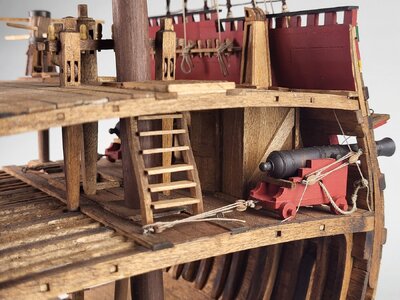
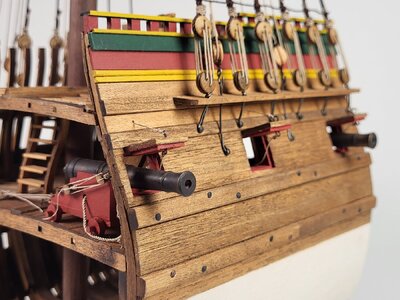
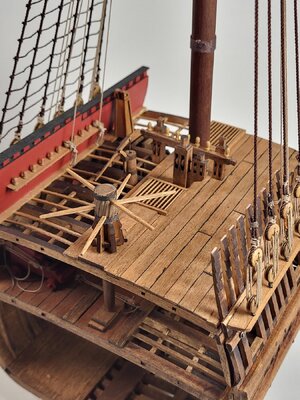
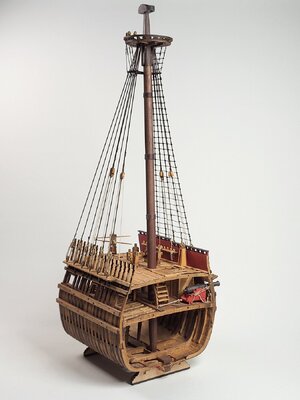
So far I've been quietly reading and watching some of your awesome projects, in both the scratch and kit section. Today I'm starting a thread about a project that's finished by now, but I think will be of interest to some of you. The original build log was published on the Dutch ship modeler's forum (see https://www.modelbouwforum.nl/threa...rsnede-van-een-17e-eeuwse-koopvaarder.286012/) but I'm sure it's a good idea to provide a "log" here as well, sharing the design process and explaining some of the decisions, some more technical background information, etc.
Starting with the end of the log; the model has been successfully turned into a kit, and is currently available via @Kolderstok models. It was mentioned in the Ship kits section: https://shipsofscale.com/sosforums/...as-cross-section-kolderstok-scale-1-50.13224/ and @pingu57 is already logging the build here: https://shipsofscale.com/sosforums/threads/cross-section-of-a-17th-century-pinas-by-peter.13246/
I'll first attach some pictures of the final result, after which I'll make a start describing the development process.





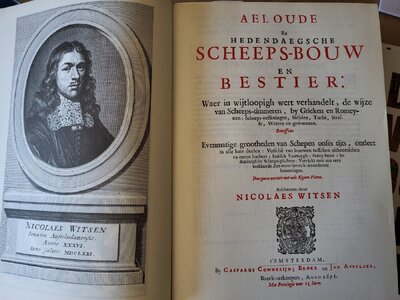
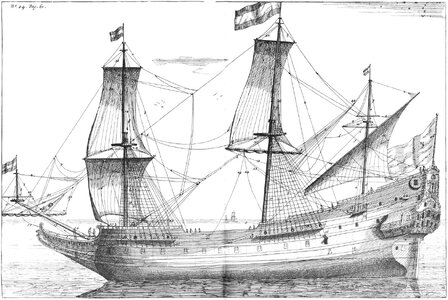
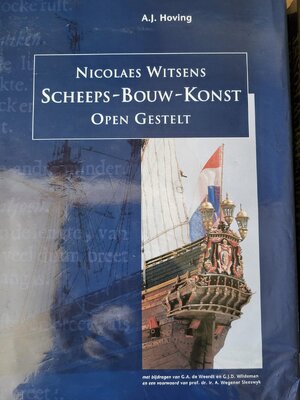
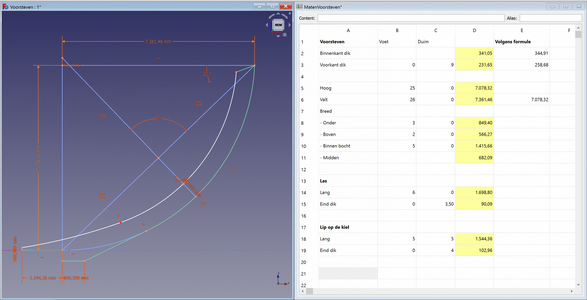
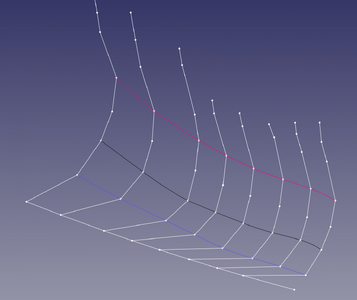
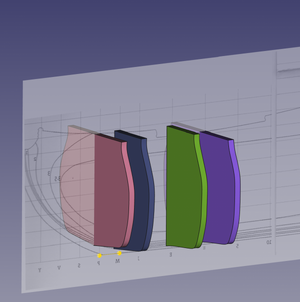
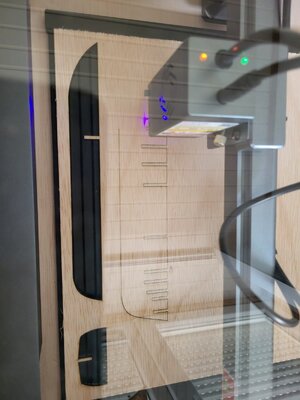
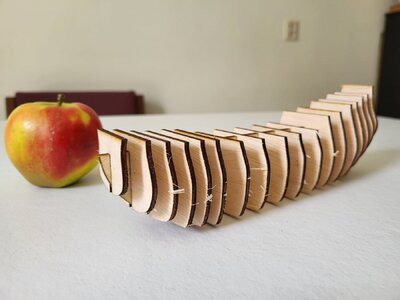
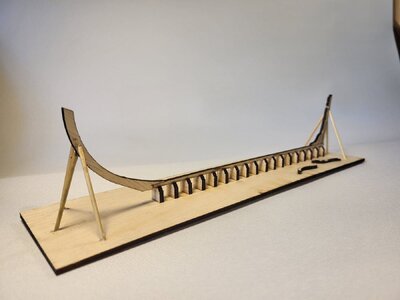
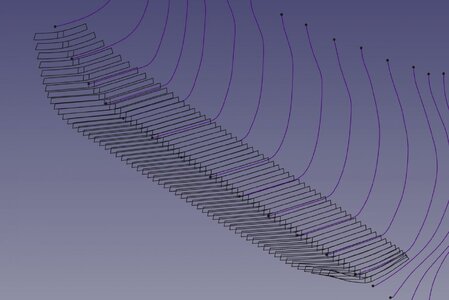



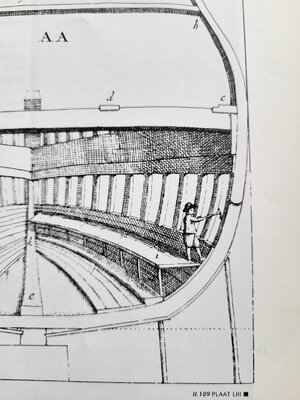
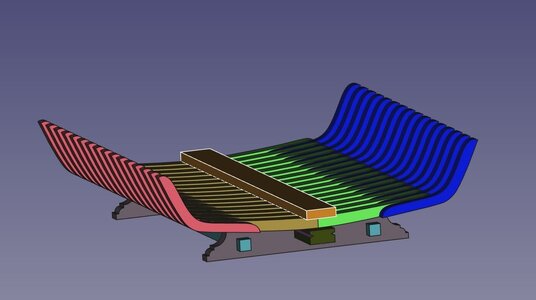
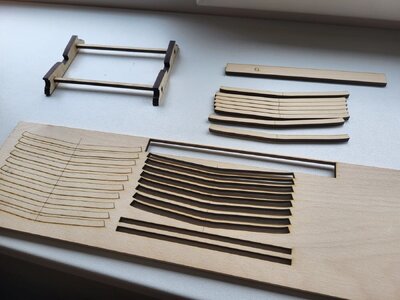
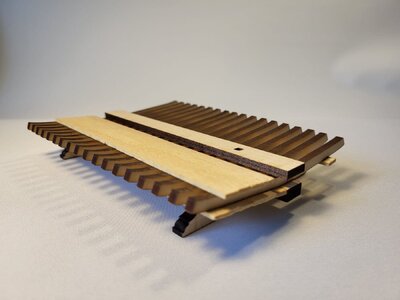
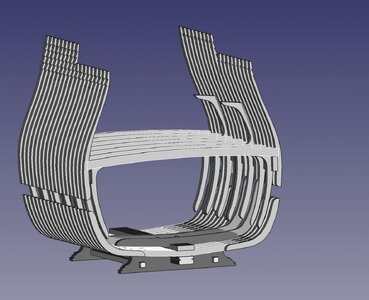

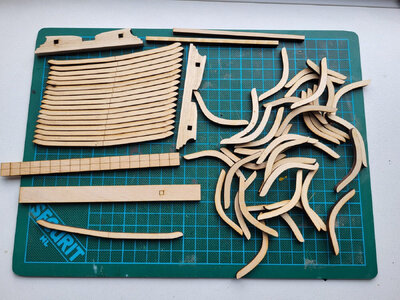
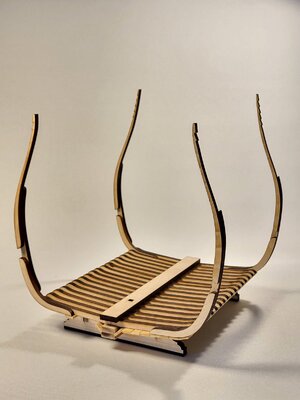
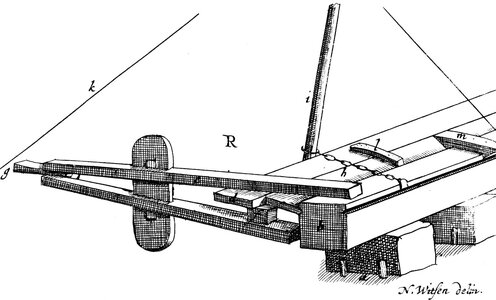

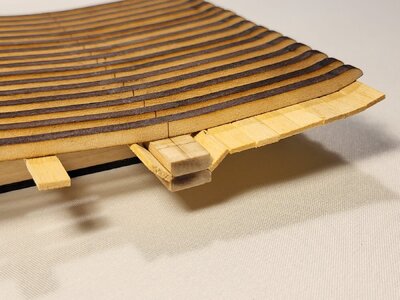
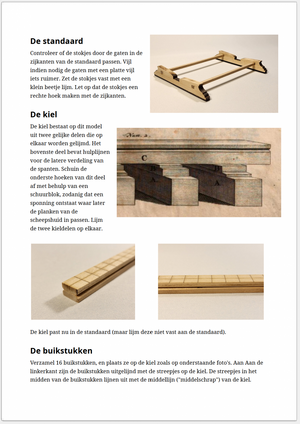
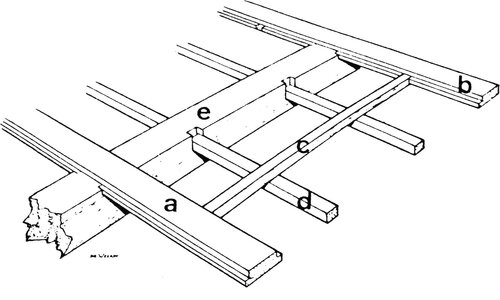
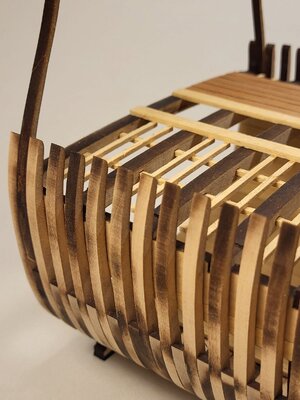
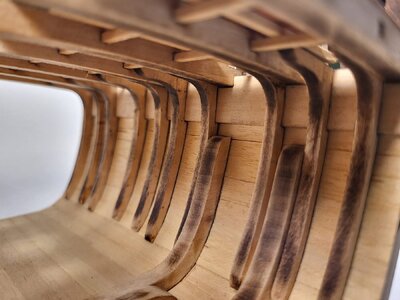

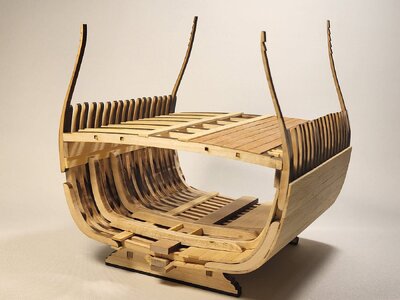
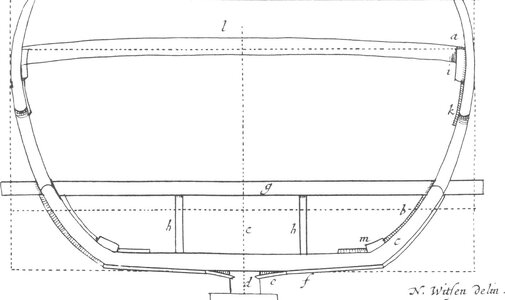
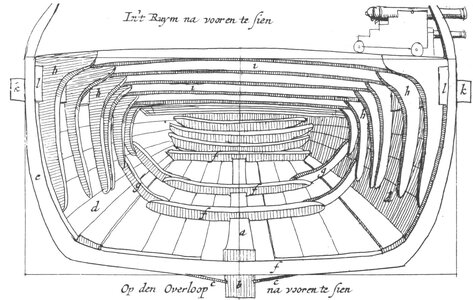
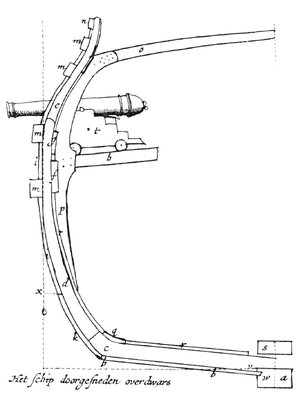
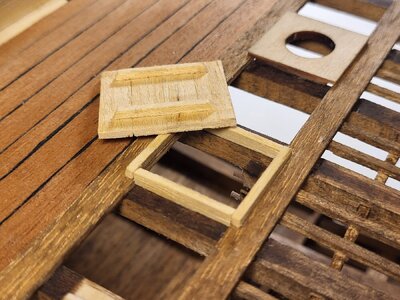
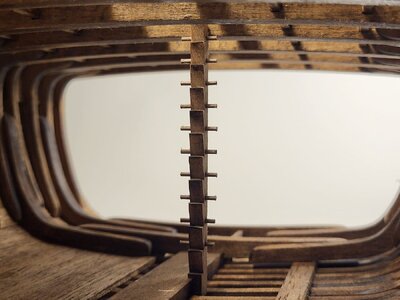
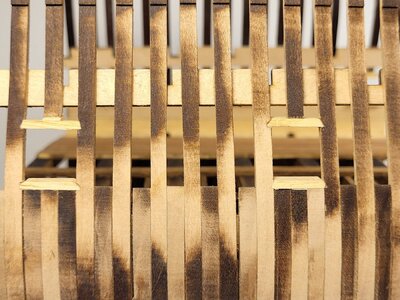
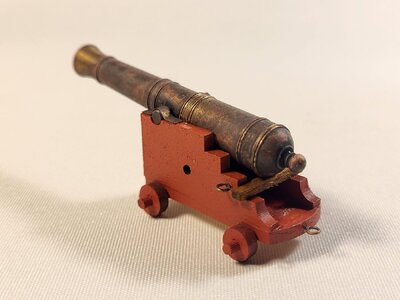
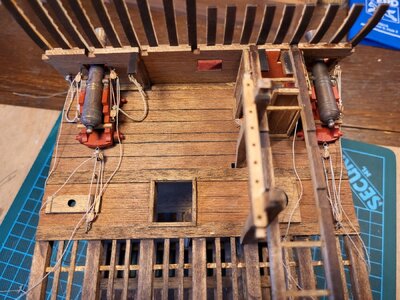
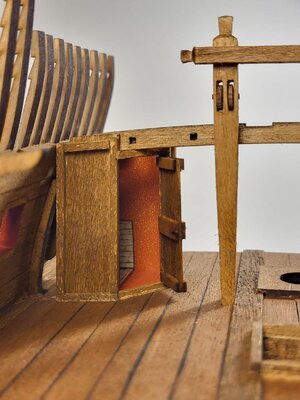
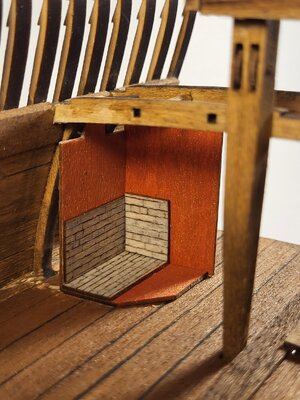
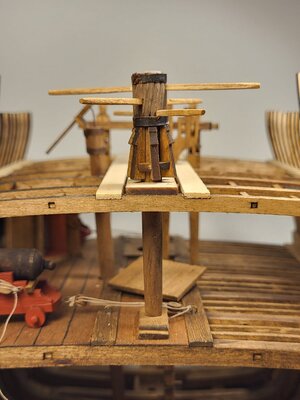
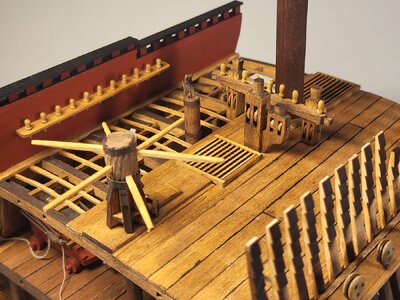
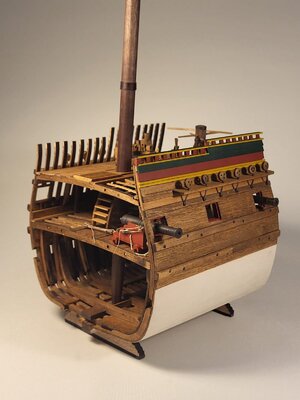
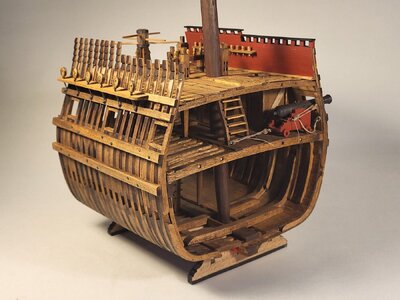
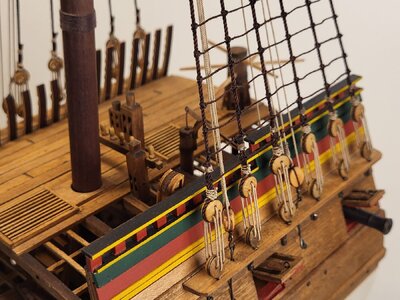
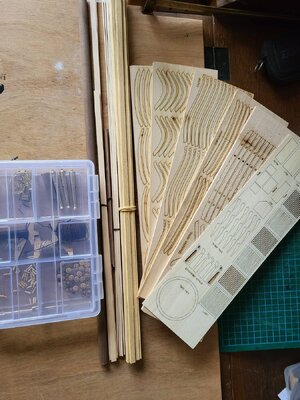
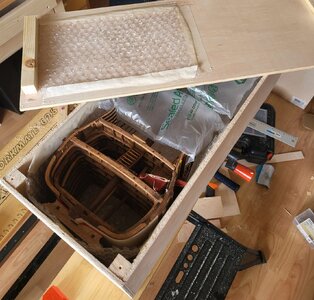
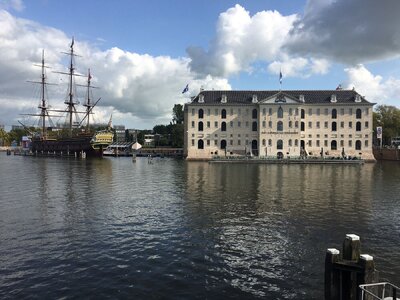
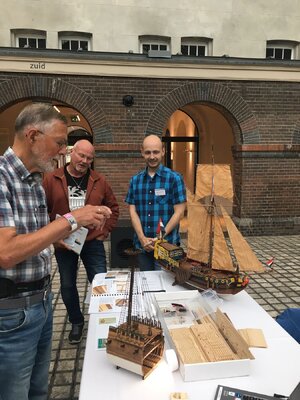
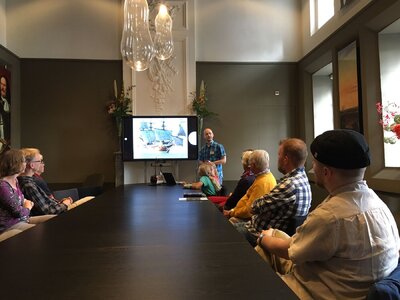
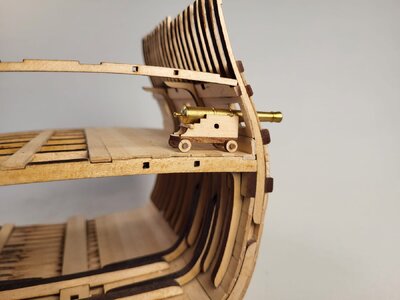
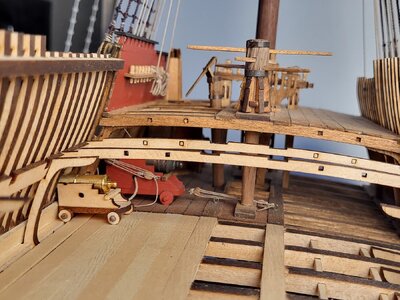
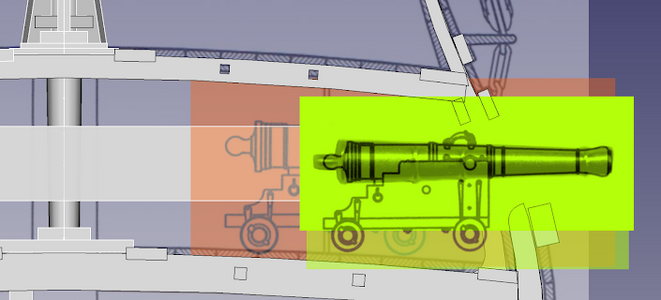
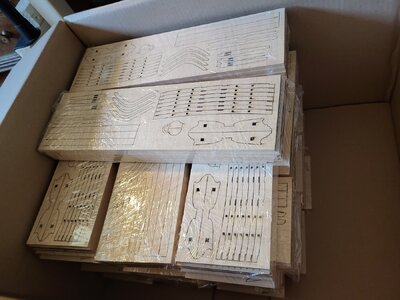
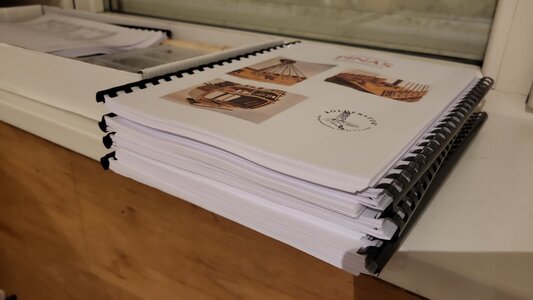
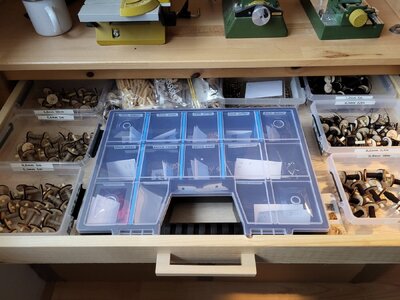
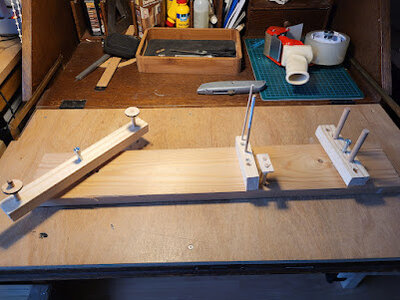
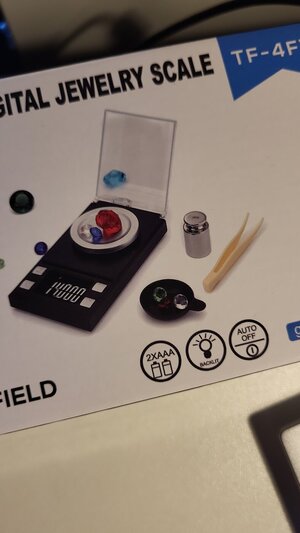
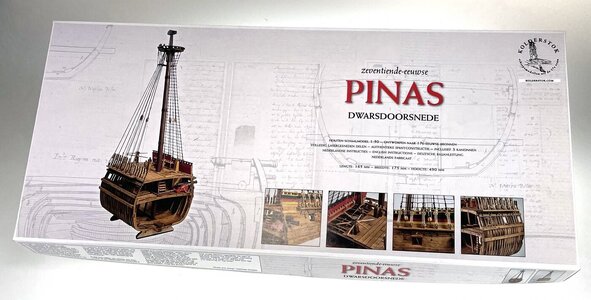
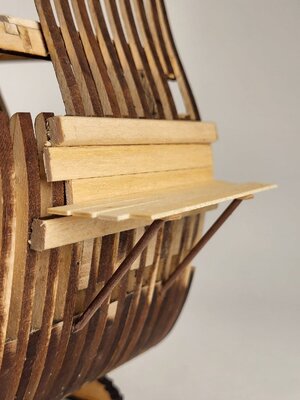
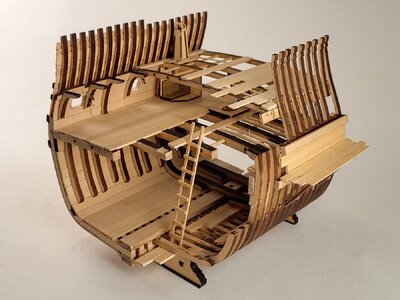
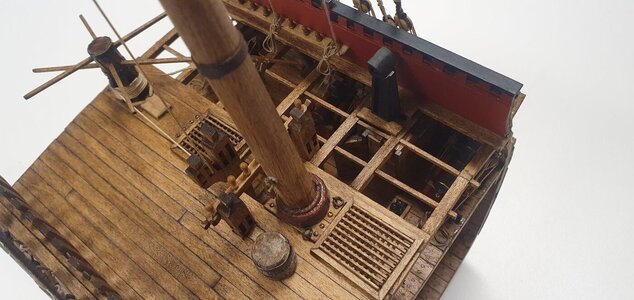
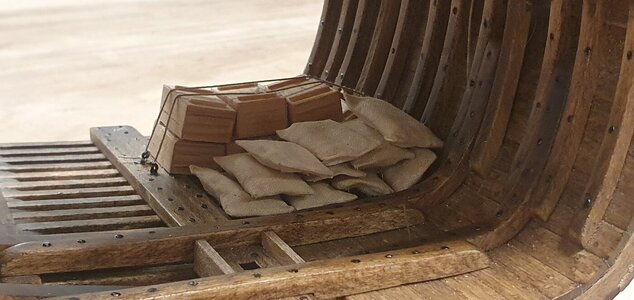
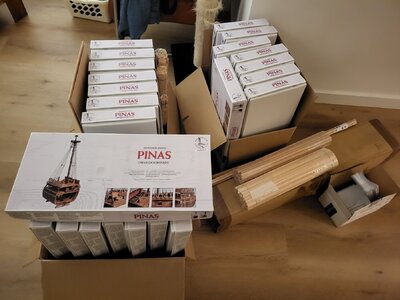
 .
.